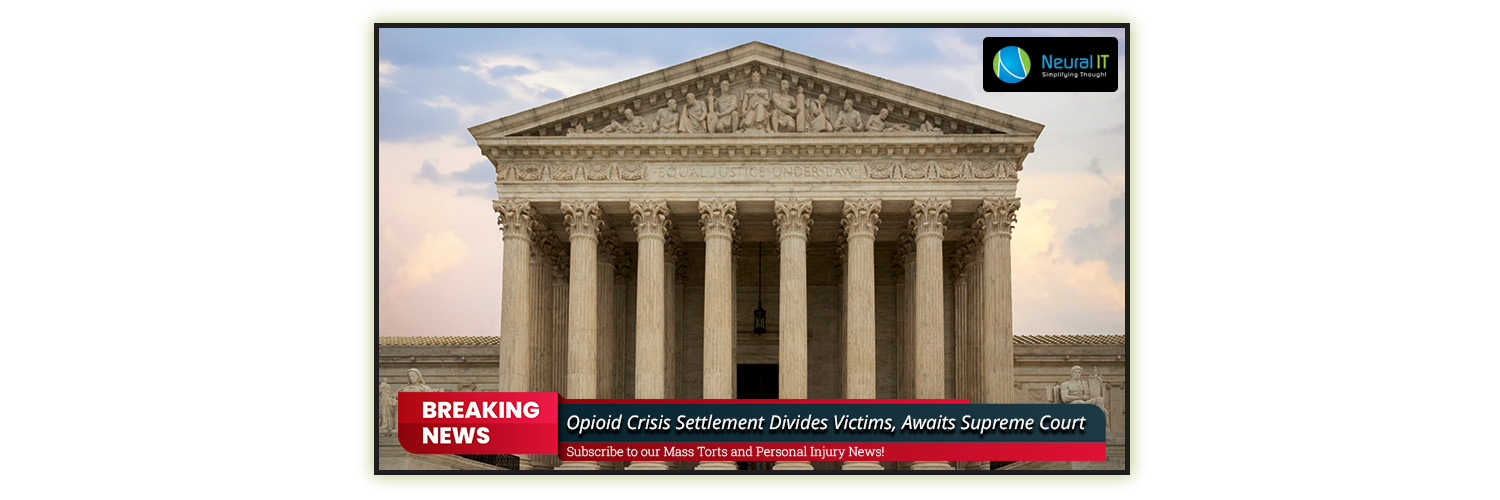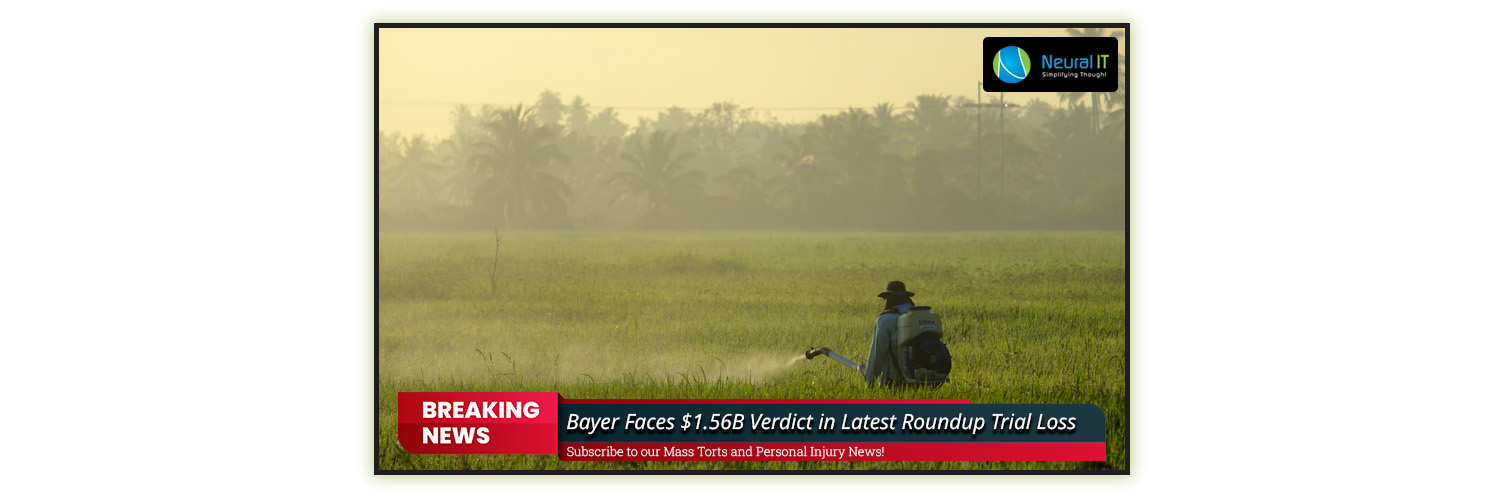Opioid Crisis Settlement Divides Victims, Awaits Supreme Court

The settlement reached by the manufacturer of OxyContin to resolve numerous lawsuits related to the opioid crisis may aid in addressing the overdose epidemic linked to the painkiller, but not all victims are content with the agreement.
In return for relinquishing control of Purdue Pharma and contributing up to $6 billion to combat the crisis, the wealthy Sackler family members, makers of OxyContin, would be exempt from civil lawsuits. Despite this, they could potentially retain billions in profits from OxyContin sales. The Supreme Court is scheduled to hear arguments on December 4 to determine if this agreement, part of Purdue Pharma's bankruptcy resolution, violates federal law.
The key issue for the justices is whether the legal protection offered by bankruptcy can be extended to individuals like the Sacklers who haven't declared bankruptcy themselves, leading to conflicting lower court decisions and broader implications for product liability lawsuits settled through bankruptcy.
Even with billions allocated for opioid abatement and treatment programs, the agreement presents a moral dilemma, dividing those who suffered losses due to opioids. Some, like a mother whose 33-year-old son died in 2018 after being prescribed OxyContin for a back injury 17 years earlier, initially supported the settlement for potential compensation but later changed their stance. For her, closure might not come from money, and accepting the deal could result in further complications.
Purdue Pharma's aggressive marketing of OxyContin in 1996 is often considered a catalyst for the nationwide opioid epidemic, with the company pleading guilty to misbranding the drug in 2007. The crisis persisted, with opioid-related overdose deaths reaching 80,000 in recent years. The settlement, among the largest, includes provisions for direct compensation to victims, with payouts from a $750 million pool expected to range from $3,500 to $48,000.
While lawyers for over 60,000 victims supporting the settlement view it as a "watershed moment," they acknowledge that no amount of money can fully compensate for the damage caused by OxyContin's misleading marketing.
Bayer Faces $1.56B Verdict in Latest Roundup Trial Loss

A Missouri jury has ordered Bayer to pay $1.56 billion to four plaintiffs who asserted that the company's Roundup weedkiller led to injuries, including cancer.
This verdict may increase investor pressure on Bayer to reconsider its legal strategy. The jury found that Bayer's Monsanto business was responsible for negligence, design defects, and failure to warn about the potential dangers of Roundup.
The plaintiffs from New York and California were granted a total of $61.1 million in compensatory damages and $500 million each in punitive damages. They were diagnosed with non-Hodgkin lymphoma, which they claimed resulted from using Roundup on their properties. One plaintiff's wife was awarded $100,000 for the harm she allegedly suffered due to her husband's disease.
The punitive damages might be reduced on appeal as they exceed U.S. Supreme Court guidance. Bayer maintains that decades of studies demonstrate the safety of Roundup and its active ingredient, glyphosate, for human use.
This verdict marks the fourth consecutive legal loss for Bayer, following nine consecutive trials where the company was found not liable. Earlier, Union Investment, one of Bayer's top 10 shareholders, urged the company to explore settlement options with plaintiffs.
Bayer contends that it has strong arguments to overturn the recent verdicts on appeal. The company argues that courts in these trials allowed plaintiffs to misrepresent the European Union's glyphosate renewal process and the safety assessment by the U.S. Environmental Protection Agency.
Despite settling most Roundup cases in 2020 for up to $10.9 billion, approximately 50,000 claims remain pending out of around 165,000 claims against Bayer. These claims stem from personal injuries allegedly caused by Roundup, acquired by Bayer through its $63 billion purchase of Monsanto in 2018.
Zostavax Shingles Vaccine Fades After 10 Years: Study

Recent research suggests that the protective effects of the Zostavax shingles vaccine may diminish after approximately a decade, raising concerns about its long-term efficacy.
Published this month in a medical journal, a study by researchers from Kaiser Permanente and Merck & Co. – Zostavax's manufacturer – reveals that the vaccine is only around 15% effective in preventing shingles after 10 years.
Merck introduced Zostavax in 2006 as the first U.S.-approved vaccine for shingles prevention, administered through a single-dose injection containing a live virus intended to prevent the development of this painful condition. Despite its initial purpose, several thousand Zostavax lawsuits have been filed, alleging the vaccine's ineffectiveness and potential for causing persistent shingles outbreaks, as well as various severe injuries such as neurological problems, autoimmune diseases, vision loss, and hearing damage.
In the latest study, researchers analyzed data from over 1.5 million people aged 50 or older within the Kaiser Permanente Northern California healthcare system from 2007 to 2018. They assessed vaccine effectiveness against shingles, postherpetic neuralgia, herpes zoster ophthalmicus, and hospital admissions for shingles.
The findings indicate that even after the initial injection, Zostavax was only 67% effective in preventing shingles, with efficacy dropping to 15% after a decade. Similar declines were observed in the vaccine's protection against related conditions, such as postherpetic neuralgia (from 83% to 41%), herpes zoster ophthalmicus (from 71% to 29% between five and eight years post-injection), and hospital admissions for shingles (from 90% to 53% between five and eight years).
As Merck faces product liability lawsuits alleging withholding of critical information about Zostavax's potential side effects and exaggeration of its effectiveness, the research findings may impact ongoing litigation.
All Zostavax lawsuits have been consolidated in a federal multidistrict litigation (MDL) before a U.S. District Judge in the Eastern District of Pennsylvania, reflecting shared concerns and legal issues across the cases.
12 Tepezza Lawsuits Chosen for Bellwether Trials

The U.S. District Judge overseeing Tepezza lawsuits has outlined criteria for selecting 12 cases for early "bellwether" test trials.
Simultaneously, the judge rejected the drug maker's attempt to dismiss the litigation regarding the alleged failure to warn about the risk of hearing problems.
Tepezza (teprotumumab-trbw), introduced by Horizon Therapeutics in January 2020, is a novel biologic treatment for thyroid eye disease or bulging eyes associated with hyperthyroidism and Graves’ disease. The drug's sales surged to $1.66 billion in the second year on the U.S. market, raising concerns about aggressive marketing without full disclosure of potential risks.
Numerous former users are now stepping forward, reporting various hearing problems linked to Tepezza, such as persistent ringing in the ears (tinnitus) and complete hearing loss. In many instances, hearing issues endure long after the thyroid eye disease treatment, resulting in irreversible damage.
Due to common questions of fact and law across federal court complaints, a Tepezza MDL (multidistrict litigation) was established in July 2023. This centralizes lawsuits before a U.S. District Judge in the Northern District of Illinois for coordinated discovery and pretrial proceedings.
Plaintiffs in the Tepezza lawsuits share common arguments, contending that the disclosure of information about the risk of hearing problems by the drug maker, along with instructions for doctors to conduct hearing tests before and during treatments, could have potentially prevented their issues.
In July, the U.S. Food and Drug Administration (FDA) updated the Tepezza prescribing information guide, incorporating many of the hearing loss warnings that plaintiffs claim should have been present from the drug's initial introduction.
The revised Tepezza label now acknowledges instances of severe and permanent hearing loss among users. It advises doctors to assess patients' hearing both before and after Tepezza infusions to mitigate the risk of permanent ear damage.
Although the outcomes of the early trial dates for Tepezza bellwether cases won't be legally binding on other claims in the litigation, the average payouts in these lawsuits may influence settlement negotiations. These negotiations become crucial to avoid setting each individual case for trial in the upcoming years.
